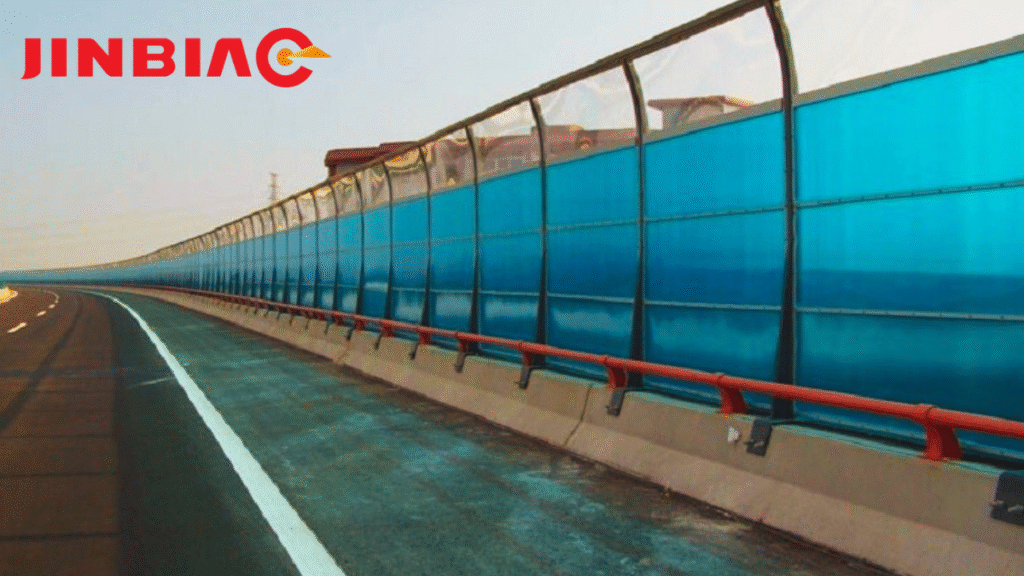Discarding a TV seems simple in the face of a sparkling new, slim upgrade, doesn’t it? The convenience of a quick toss is tempting, but the environmental consequences are anything but simple. TVs, along with other electronics, are classified as e-waste, one of the fastest-growing waste streams globally. The question of proper TV recycling is no longer optional; it’s an urgent call for action.
Understanding the importance of TV recycling isn’t just for the eco-conscious. It’s for anyone who wants to save costs, contribute to a circular economy, and preserve our planet’s limited resources. This blog will explore why TV recycling matters, the surprising opportunities it creates, and how it can redefine the way we approach electronics recycling.
The Silent Threat of E-waste
Studies show that the world generates over 50 million metric tons of electronic waste annually. TVs are a significant contributor to this issue, being part of the larger e-waste category that includes smartphones, computers, and other electronic devices. Here’s why e-waste, and specifically TVs, pose a problem:
- Toxic Components: Older TVs often contain hazardous substances like lead, mercury, and cadmium, which can leach into the soil and water when improperly disposed of. These toxins are harmful to both the environment and human health.
- Limited Landfill Space: TVs are bulky, and their physical size takes up more of the precious, shrinking space in landfills.
- Lost Resources and Energy: TVs contain valuable materials like copper, plastics, and rare-earth metals. Simply discarding them as trash wastes these resources, which often require extensive mining and energy to obtain.
TVs as a Resource Factory
What if we viewed TV recycling not as waste management, but as resource reclamation? TVs, particularly modern flat screens, are veritable treasure troves of reusable materials.
- Metals and Components: High-performance metals like gold, silver, and palladium are used in different parts of a TV. While small in proportion, these valuable elements can be extracted and reused in manufacturing.
- Plastics: The outer casing of TVs is primarily made of high-quality plastics, which can be repurposed into new products. This means less dependence on producing virgin plastics, which is both resource- and energy-intensive.
- Glass Components: CRT (cathode-ray tube) TVs, though older, contain glass laden with lead. Proper recycling ensures that the lead is safely removed while the glass is reused in other industries.
By focusing on these resources, TV recycling becomes an opportunity for businesses and consumers alike to foster a more sustainable lifecycle for electronics.
The Cultural Shift to Electronics Recycling
The global perspective on waste management is gradually shifting toward waste reduction, reuse, and recycling. However, TVs and other electronics pose unique challenges, mainly due to a lack of awareness and infrastructure. Here are some cultural and business trends actively shaping the TV recycling ecosystem:
Growing Awareness through Advocacy
Environmental organizations are increasingly advocating for proper recycling practices. Campaigns by groups like Greenpeace and the Basel Convention highlight the dangers of improperly discarded e-waste. These efforts are nudging individuals and governments to implement stricter regulations and solutions for electronics recycling.
The Rise of Take-Back Programs
Many electronic manufacturers and retailers now include take-back programs as part of their operations. Major companies like LG, Samsung, and Best Buy provide platforms for customers to bring back old TVs for proper recycling. These initiatives are further incentivized by governments mandating adherence to extended producer responsibility (EPR) policies.
Secondary Market Opportunities
Another burgeoning trend is the focus on refurbishing and reselling old TVs. Many TVs that are discarded still function but require minor repairs. Refurbishing opens a secondary market, providing affordable electronics to those who might not be able to access new ones.
Redefining the Role of the Consumer
While industry initiatives and governmental efforts are creating frameworks for TV recycling, consumer participation plays an equally vital role. Recycling a TV is more than simply handing it off. Proper consumer action involves a conscious understanding of what happens after disposal. Here’s how individuals can step up:
1. Research Local Recycling Options
Many cities and towns have dedicated facilities for electronics recycling. Local recycling events or specific centers can often handle your old TV responsibly.
2. Support Responsible Brands
Before upgrading to a new TV, consider whether the brand you’re buying aligns with your sustainability values. Companies that highlight their take-back schemes or commit to recycling materials should be high on your list.
3. Donate Instead of Discarding
Is your TV still in working condition? Consider donating it. Schools, community centers, or non-profits often welcome such devices. Repurposing as a donation extends the life of the product, delaying its arrival in the recycling process.
4. Engage in Upcycling
For the truly creative, old TVs can become something unique. DIY enthusiasts have transformed older units into display shelves, aquariums, or even retro art pieces. While this might not suit everyone, it’s another way to reduce waste.
The Future of TV Recycling
As technology evolves, so will the landscape of TV recycling. Here are some innovations and future trends poised to make a difference:
- Automated Material Recovery: AI-enhanced robots are being developed to identify and extract valuable materials from e-waste, making recycling operations more efficient.
- Modular TVs: Some manufacturers are exploring modular designs where individual parts of TVs, such as screens or chips, can be replaced rather than discarding the entire device.
- Blockchain for Tracking: Blockchain is emerging as a tool to enhance transparency in the electronics recycling supply chain, ensuring materials are recycled ethically and reused responsibly.
Taking the First Step
We’ve entered an era where sustainability is no longer an option but a necessity. The world of electronics recycling, particularly TV Recycling, represents a largely untapped opportunity for reducing waste, reclaiming resources, and creating a cleaner planet. Your old TV isn’t just something to discard; it’s a source of materials and a stepping stone toward sustainable living.
The next time you look at your older device, remember its potential to contribute to a more sustainable future. Explore local recycling options, donate, or even upcycle it creatively. And most importantly, take that first step today. Together, we can make electronics recycling more than a necessity; we can make it impactful.



